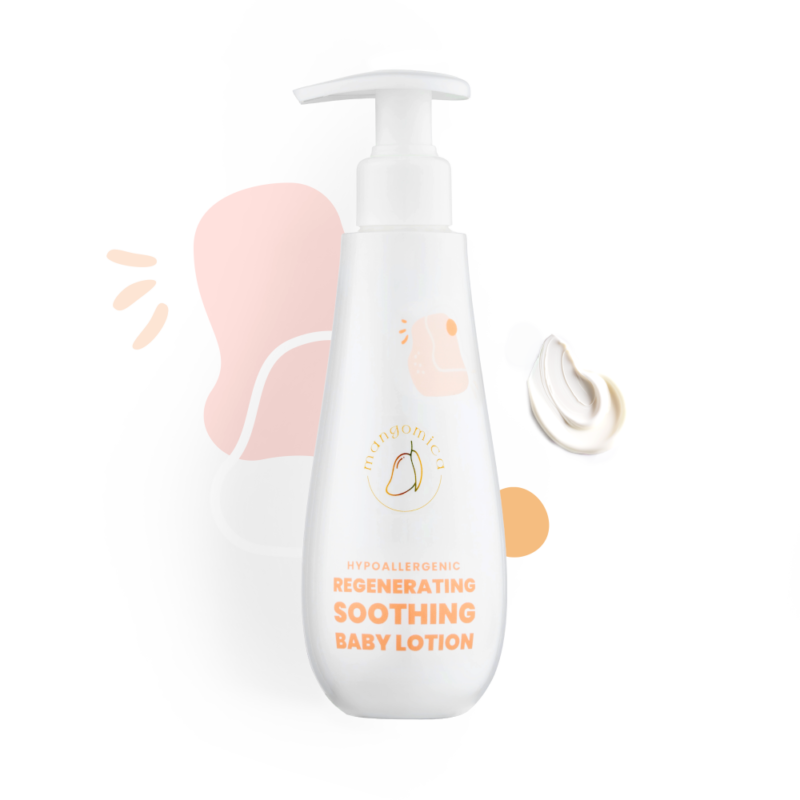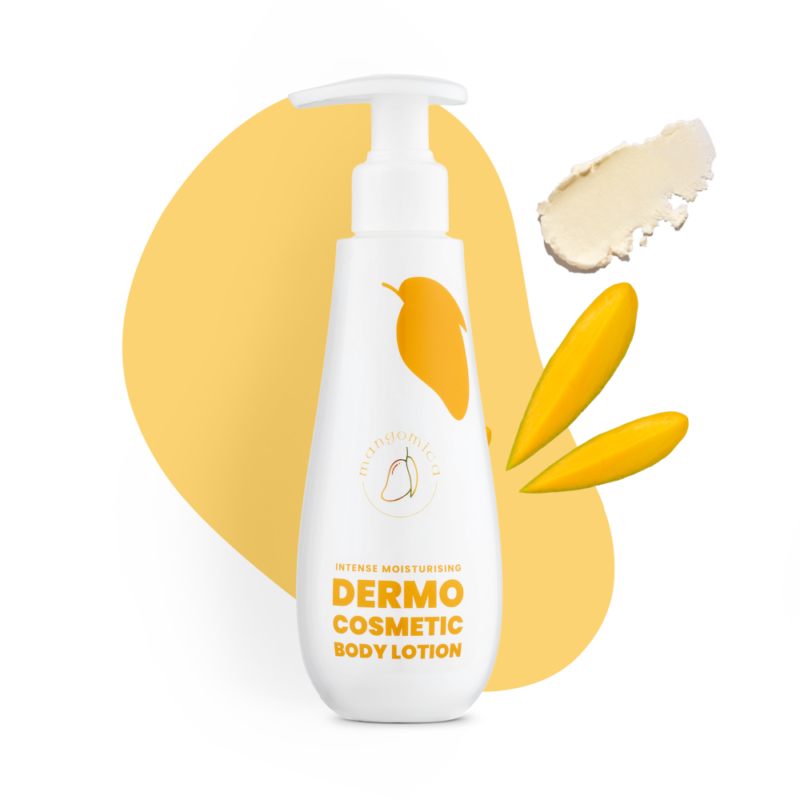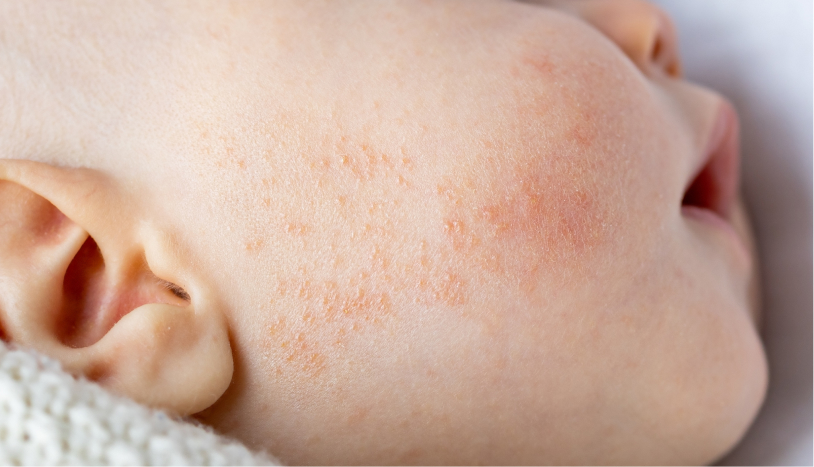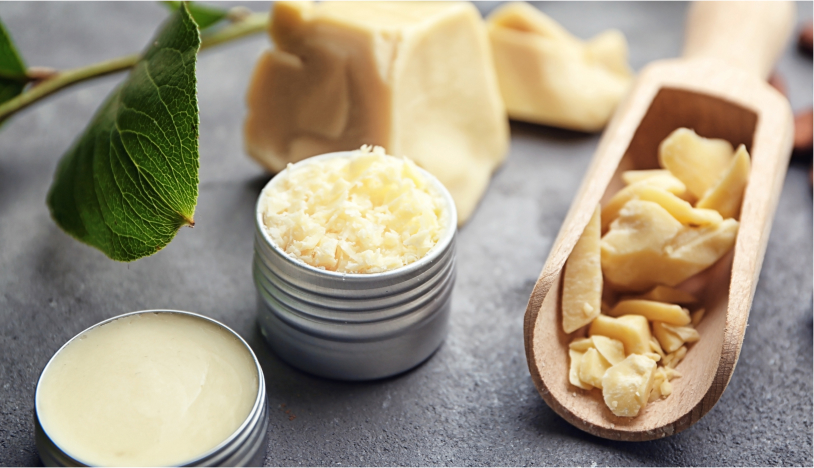Many people struggle with the problem of dry, itchy, flaking, and reddened skin. Some only see the visual symptoms and do not investigate the essence of the problem. However, itching, irritation, or skin hyperreactivity are usually the result of a damaged hydrolipidic barrier.
The hydrolipidic skin barrier - What is it and what role does it play?
Let's start with the definition and explain what the hydrolipidic barrier of the skin is. This term refers to a specific “protective film” of the skin, covering its outermost layer. It is mainly composed of a mixture of water (hydro-) and fats (lipids), and its most important task is to protect the skin from harmful external factors and water loss. When the hydrolipidic barrier functions correctly, the skin is smooth, hydrated, and healthy. If this natural barrier is damaged, the skin's balance may be disturbed, resulting in irritation, dryness, redness, or itching. Furthermore, individuals with a compromised hydrolipidic barrier are more prone to bacterial and viral infections and often have to deal with allergic reactions.
Symptoms of a damaged hydrolipidic barrier include:
- Dry skin: the skin becomes dry and rough, and a feeling of tightness can be noticeable especially after washing the face or body.
- Itching: the skin can itch, often resulting in scratching, further skin damage, and even more itching (the so-called scratching cycle).
- Redness: the skin can become reddened, irritated, and more sensitive to external stimuli.
- Flaking: a damaged hydrolipidic barrier can lead to skin flaking.
- Burning sensation: some people experience a burning or tingling sensation on their skin.
- Rashes and breakouts: a damaged hydrolipidic barrier can increase the risk of various rashes and breakouts, including pimples, water blisters, or inflammatory skin conditions.
- Susceptibility to infections: skin with a weakened barrier may be more susceptible to bacterial, fungal, or viral infections.
- Sensitivity to allergies: individuals with a damaged skin barrier may be more prone to allergic reactions - also to substances that normally do not cause problems.
Causes of damage to the hydrolipidic skin barrier
The natural hydrolipidic barrier of the skin, even though it is supposed to be very resilient and durable, is in reality extremely susceptible to damage. Especially since most of us do not specifically care for it and subject it to various challenges on a daily basis. Certain cosmetics, lack of protection against cold and wind, sunbathing, or hot baths are just a few of them. The risk factors list also includes improper diet, as well as skin diseases and various dermatological conditions, with atopic dermatitis (AD) at the forefront.
Common causes of damage to the hydrolipidic layer of the skin include:
- Aggressive skin care products that remove natural oils and lipids from its surface (alcohol, artificial colours and fragrances, irritating and exfoliating substances).
- Balms and creams that are not suitable for a specific skin type, which can lead to excessive drying or oiliness.
- Using too hot water for washing and taking long, hot baths.
- Excessive exposure to the sun and UV radiation (without sunscreen or with sunscreen of too low a protection level).
- Atmospheric factors, such as wind, cold, sun, and dry air.
- Unhealthy diet and lack of proper hydration of the body.
- Skin diseases, such as atopic dermatitis (AD).
- Frequent baths in chlorinated pool water.
- Long and frequent stays in air-conditioned rooms or interiors with very high temperatures.
- Intense scratching or rubbing of the skin (e.g., with a towel after bathing).
How to deal with a damaged hydrolipidic skin barrier?
Caring for the hydrolipidic barrier and avoiding the aforementioned risk factors can help maintain healthy, resilient, and properly hydrated skin. However, if the natural protective coat has already been damaged, appropriate actions should be taken to rebuild it and improve the overall condition of the skin.
Firstly, consider changing your daily habits and opt for cosmetics that are as natural as possible with moisturizing, soothing, and regenerating effects. Plant oils and butters, such as mango and shea butter or black seed oil are excellent choices. However, it is essential to focus on products that are the least processed, unrefined, and free of artificial ingredients and fragrances.
What components should you look for in skin care products to care for the natural hydrolipidic barrier? Their composition should be as simple and small as possible, and they should contain substances with moisturizing, strengthening, and anti-inflammatory effects. A good choice for irritated, damaged skin with dermatological problems (AD, psoriasis, breakouts, etc.) are cosmetics containing:
- Unrefined plant oils and butters, like mango and shea butter, black seed oil, argan oil, pomegranate seed oil, and borage oil, as they are rich in valuable fats that can help rebuild and strengthen the skin's hydrolipidic barrier.
- Vitamin E, a strong antioxidant, helps protect the skin from harmful external factors and supports its natural protective barrier.
- Ceramides - natural components of the skin, play a key role in maintaining its integrity and support its reconstruction.
- Allantoin - a component that soothes and alleviates, helps reduce irritation and accelerates skin regeneration.
- Vitamin D - positively affects the skin's bacterial flora, provides long-lasting hydration, and supports regenerative processes.
Additionally, it's important to care for the hydrolipidic layer “from the inside,” hydrating the body and following a diet rich in healthy fats, vitamins, and minerals. It's also advisable to avoid long baths, opting for showers at cooler temperatures, preventing overheating or chilling of the body, and maintaining a proper level of humidity in home and office spaces.
Remember that if the damage to the hydrolipidic barrier of the skin is severe or persistent, consult a dermatologist, who may recommend appropriate products and treatment. It's also important to tailor your skin care to its specific needs, choosing hypoallergenic, natural emollients based on unrefined mango butter, such as Mangomica products.






